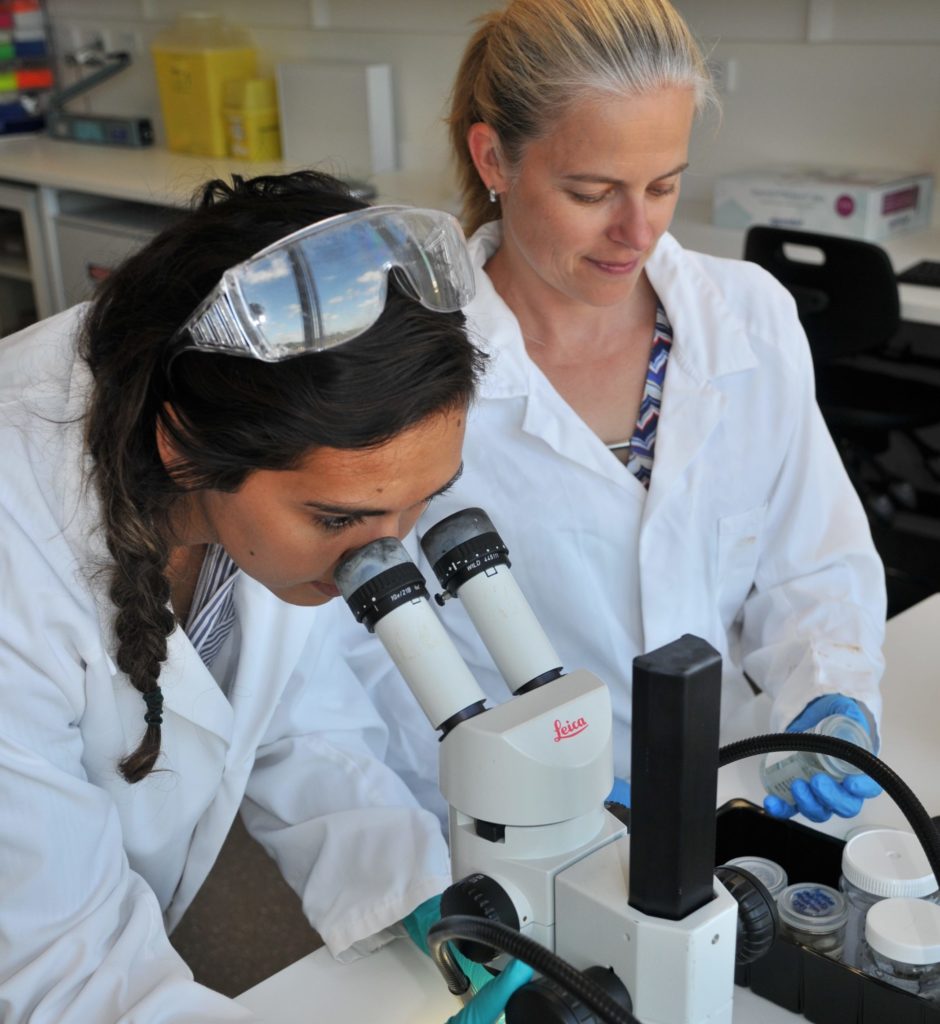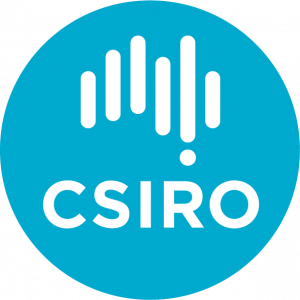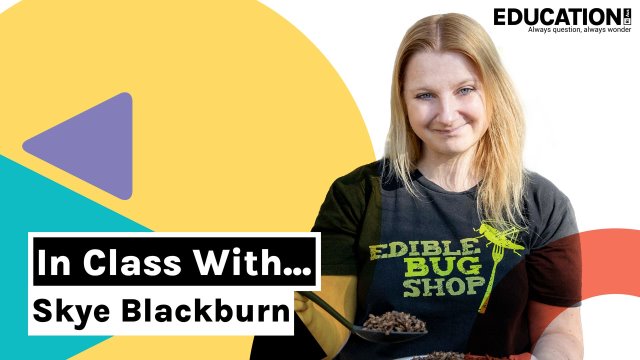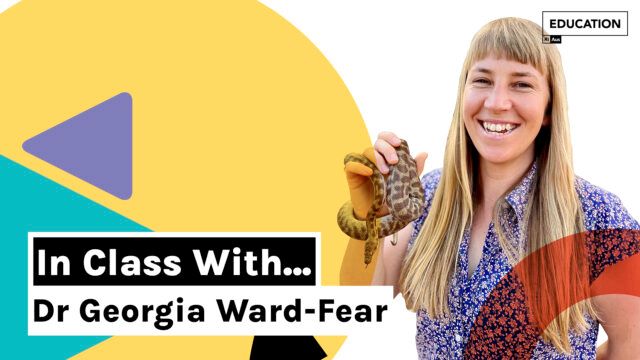To honour Australia’s history, from 18 to 26 January, Education – RiAus will be exclusively publishing content by and about First Nations Australians. These resources will look back at our favourite pieces from 2020 and also provide new content and resources for you to use with your STEM students.
We honour and value the scientific knowledge and contributions of First Australians as the First Scientists, the First Astronomers and the First STEM Educators for over 60,000 years. From their insight into the stars and weather patterns to their management of bushfires, we still benefit from their practices today and need to ensure that all of our students are aware of this.
Marlee Hutton is a Bardi Jawi woman and a Marine Scientist. She works to advance the connection between science and Aboriginal and Torres Strait Islander peoples and is currently doing so with her citizen science project, EyeOnWater.
This resource is best suited to students in Years 4, 6, 7, 8 and 10 who are interested in careers applying Biology, Chemistry and Earth and Space sciences. It is an excellent example of work that involves Traditional Owners in local science projects.
Word Count: 784
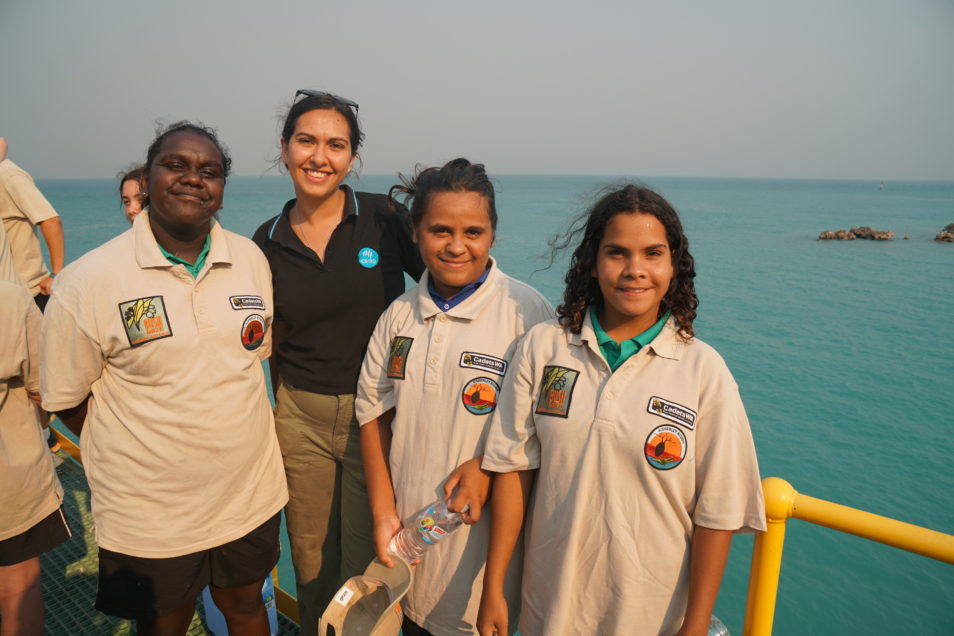
Marlee Hutton is a Marine Scientist working in our Oceans and Atmosphere team. She’s currently working on a few different projects – all advancing the connection between science and Aboriginal and Torres Strait Islander peoples.
Marlee shares two projects she’s currently involved in and why she loves working close to the water.
A love for water
Marlee is a Bardi Jawi woman from the Kimberley but she grew up in Broome. As a child, she spent a lot of time around water. She loved fishing, exploring and finding new things in the water environment. Her favourite thing to do was to go to the rock pools at low tide and see what she could find.
Moving to Perth for boarding school made her appreciate how magical her upbringing was.
“Once I got to boarding school, people were jealous of the fact I grew up in Broome. I realised how lucky I was to grow up where I did and how living on the coast defined my life,” Marlee said.
She realised she wanted to pursue a career connected to water when she was in her final year of high school. But it wasn’t under pleasant circumstances.
“There was a gas hub being built in Broome when I was in year 12. Locals, myself included, had trouble understanding all the implications of the hub. We didn’t know how it was going to affect people living here or the ecological impacts. A lot of the information I couldn’t interpret but found very interesting,” she said.
“I looked through the university information booklets and decided on marine science at Murdoch University.”
Communication and connection
Marlee is supporting the Yolngu people of Blue Mud Bay, in the Gulf of Carpentaria, on an Indigenous-led project to understand the future of their Traditional lands.
She is working with our scientist Marcus Barber on building local knowledge of community-approved enterprise options. They are also creating partnerships between industries and communities to ensure future development is beneficial to the Traditional Owners.
The Traditional Owners were interested in tourism, fishing activities, and an expansion of the ranger program.
“This was not your typical science project – especially in my role. I was translating my science knowledge to the female Traditional Owners. Then I was able to take their ideas and decisions back to the other scientists,” Marlee said.
“Some of the things that the Traditional Owners came up with incorporated my science background. These included aquaculture projects, eco-tourism and commercial fishing.
“Throughout this project, we were confident the Traditional Owners had knowledge to make informed decisions. This is important to me after the gas hub project in Broome.
“And the location of this project was amazing. We were in Arnhem Land and the community was less than 30 metres from the water. Ideal,” she said.
Sharing important water knowledge
Marlee is also working on the Kimberley EyeOnWater Citizen Science project. EyeOnWater is an app that encourages locals to keep an eye on the colour of close bodies of water.
“My role is to introduce the app to remote areas where scientists don’t have as much access as they’d like. I help students understand how to use the app and collect data. It’s a simple process that has heaps of implications,” Marlee said.
“There is a large educational side to it. We get kids to go out to water bodies and learn about different colours of water and the environmental reasons. With some of the older students we do chemical tests on the water. We tailor the activities on what’s interesting in the local area.”
For example, a wastewater treatment plant overflowed into Roebuck Bay after heavy rainfall which resulted in a severe algal bloom. Marlee incorporated this situation into an incursion activity. She got students to test various salt water samples mixed with treated waste water. This was to help understand the changes in the chemical components in the Bay that fuelled the algal bloom.
Hands-on experience is key
“The best advice I can give to any student is find as much work experience as you can,” Marlee said.
“In Year 10, I did my community service with conservation volunteers. That really solidified my love for working with nature and being outdoors. And lead to me understand I didn’t want other types of jobs – like being a lawyer.”
Marlee also encourages this at a university level.
“Seeking practical experience is also vital. Once you get into the science industry, there are so many different pathways and roles you can take. It’s hard to decide where you want to go,” she said.
“I’ve done work experience at a remote research station, aquariums and consultancies. This helped me understand exactly the type of job I was after.”
This article is republished from CSIRO. Read the original article.
Login or Sign up for FREE to download the full teacher resource
Years: 4, 6, 7, 8, 10
Topics:
Biological Sciences: Ecosystems
Chemical Sciences: Mixtures and Separations
Earth and Space Sciences: Rocks, The Changing Earth
Additional: Careers, Technology.
Concepts (South Australia):
Biological Sciences: Interdependence and Ecosystems
Chemical Sciences: Properties of Matter, Change of Matter
Earth and Space Sciences: The Earth’s Surface
As Australia’s national science agency, CSIRO is solving the greatest challenges using innovation science and technology.
Get more at https://www.csiro.au/
